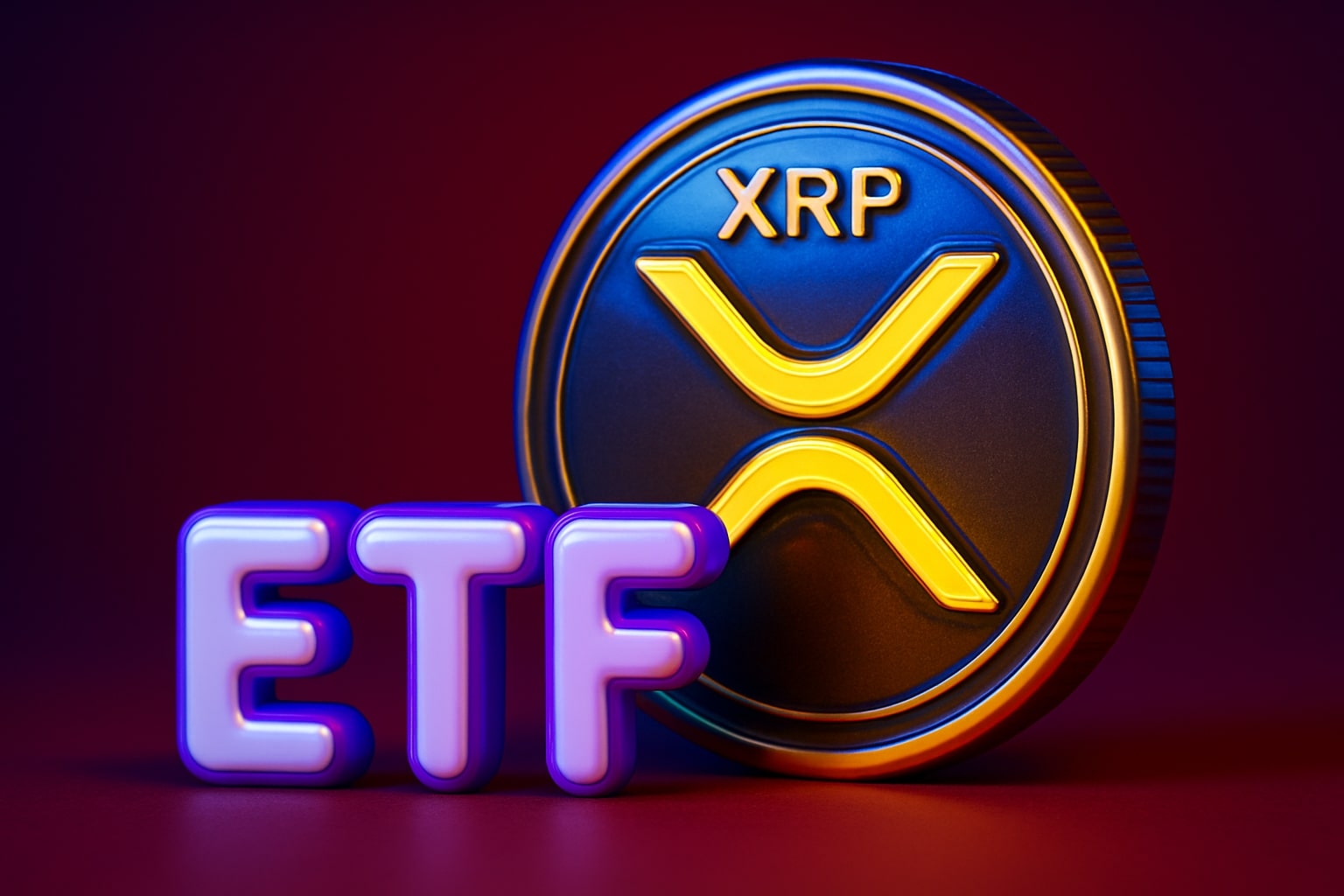
Natural Gas Price Forecast (NG=F) Slips to $4.55 as U.S. LNG Expansion and Asian Imbalance Drive a Global Repricing Wave
Rising export capacity, Australia’s output plateau, Türkiye’s demand growth, and U.S. producers like EQT (NYSE:EQT) and Coterra (NYSE:CTRA) navigating volatile margins define a shifting gas cycle | That's TradingNEWS
Rising export capacity, Australia’s output plateau, Türkiye’s demand growth, and U.S. producers like EQT (NYSE:EQT) and Coterra (NYSE:CTRA) navigating volatile margins define a shifting gas cycle
Global Supply Expansion Pressures Prices
Natural Gas (NG=F) is consolidating near $4.55 per MMBtu, extending its November weakness as global supply outpaces short-term consumption. The United States, already the world’s largest LNG exporter, is preparing for another wave of capacity expansion in 2026, led by Cheniere and Venture Global, while European demand remains below pre-2022 levels. Storage across the EU stands at 95.2% capacity, softening winter-driven volatility. In the U.S., Henry Hub prices rose 5 cents this week, marking a modest recovery from October’s $4.31 low, though still far below the $6.02 average seen during the 2022–23 winter.
Australia’s Production Plateau Creates Domestic Shortages
Australia remains the third-largest LNG exporter but faces domestic fragility as production stagnates around 13 million cubic meters per month. Despite ConocoPhillips’ new Otway Basin discovery, regulatory friction and environmental constraints have slowed investment. Western and Northern Australia dominate output, while the eastern industrial corridor faces chronic shortages. Localized price caps of A$12/GJ introduced in 2023 continue suppressing incentives for exploration. Investors like ADNOC and ExxonMobil have pulled back, citing long approval delays and policy unpredictability. The irony is growing — Australia’s LNG terminals remain fully booked for Asia while local utilities prepare to import gas by 2026 through FSRU facilities at Port Kembla and Port Phillip Bay.
U.S. Producers Strengthen Margins Amid Volatility
EQT Corporation (NYSE:EQT) trades near $57 with analysts projecting a $76 target by 2027, driven by a 22.4% revenue growth outlook and a 40% operating margin forecast. The company’s disciplined production model, linked to long-term LNG contracts, allows it to maintain positive cash flow through cycles. Coterra Energy (NYSE:CTRA), trading near $26, shows similar stability, operating with a 33% margin and projecting 15.9% revenue growth. Both producers are benefitting from stronger pricing visibility tied to export growth rather than domestic spot price spikes, underscoring how U.S. LNG demand is reshaping upstream strategy.
Türkiye’s Spot Market Highlights Regional Price Divergence
Türkiye’s spot natural gas market reflects the emerging East–West divergence. On November 22, 1,000 cubic meters traded at ₺14,455.77 ($340.57) while daily trade volumes reached ₺5.06 million, up 55.1% from the prior day. The country imported roughly 155 million cubic meters of pipeline gas over the same period, signaling robust industrial and residential demand. The lira’s weakness continues amplifying energy import costs, forcing the government to stabilize gas pricing despite inflationary pressure. The regional effect of Türkiye’s heavy pipeline imports from Russia and Azerbaijan combined with LNG receipts from the U.S. underscores how global gas flows are concentrating in politically sensitive chokepoints.
Asia’s LNG Imbalance and European Price Anchoring
Asian LNG demand remains fragmented. Japan and South Korea continue to dominate spot buying, but China’s demand growth has slowed to under 3% YoY as domestic coal capacity expands. Meanwhile, Europe’s mild autumn has dampened LNG inflows, pushing more U.S. cargoes toward Asia. TTF prices hover near €37/MWh ($11.3/MMBtu), while JKM averages $12.05/MMBtu, maintaining the transcontinental spread that shapes U.S. export routing decisions. These price differentials sustain arbitrage opportunities but also intensify volatility as traders reposition ahead of the winter heating season.
Regulatory Tightness and Investment Retreat in Australia
Australia’s regulatory gridlock continues to threaten long-term stability. The abandoned $19B Santos acquisition by ADNOC signaled growing aversion to local policy risk. Victoria’s lingering restrictions on coal seam gas development keep the eastern grid undersupplied, with Narrabri’s decade-long permitting saga emblematic of wider dysfunction. Power prices climbed to A$107/MWh, a ten-year high, as gas-fired generation filled supply gaps left by retiring coal plants. Without reform, domestic shortages may accelerate, forcing LNG imports that erase Australia’s export cost advantage.
EQT and Coterra Lead the U.S. Transition to Export-Driven Growth
EQT’s low-cost structure, with a forward P/E near 15x and EBITDA visibility anchored to LNG-linked contracts, provides a blueprint for resilience. Analysts anticipate 33.5% upside by 2027, assuming continued demand from Asia and Europe. Coterra’s valuation at 9.4x forward P/E with a $35 target signals the sector’s stability under current market dynamics. Both companies highlight a broader U.S. trend: the decoupling of upstream performance from short-term spot volatility. As domestic prices stabilize, long-term contracted LNG flows will increasingly determine profitability across the American gas complex
Read More
-
SCHD ETF (NYSEARCA:SCHD) Rebounds to $27.10 — Quality Dividend Portfolio Targets 15–18% Annual Return
23.11.2025 · TradingNEWS ArchiveStocks
-
XRP ETFs Launch on NYSE: Franklin Templeton, Grayscale, and Bitwise Drive Institutional Wave
23.11.2025 · TradingNEWS ArchiveCrypto
-
Oil Price Forecast: WTI (CL=F) Falls to $58.06 and Brent (BZ=F) Hits $62.56 as Global Supply Surges and OPEC+ Loses Grip
23.11.2025 · TradingNEWS ArchiveCommodities
-
Stock Market Today - Wall Street Rebounds as NASDAQ:IXIC Climbs to 22,273; NVDA, AAPL, GOOGL, AMZN, WMT Lead Mixed Session
23.11.2025 · TradingNEWS ArchiveMarkets
-
USD/JPY Price Forecast - Dollar to Yen Nears ¥160 as Fiscal Pressures and U.S. Rate Gap Drive Yen to Breaking Point
23.11.2025 · TradingNEWS ArchiveForex
Policy Shifts in South Asia and Fertilizer Pricing Pressure
Bangladesh’s regulatory adjustment — raising gas for fertilizer production from Tk16 to Tk29.95 per unit (an 83% increase) — reflects the strain facing import-dependent economies. The new tariff, equivalent to roughly $0.34 per cubic meter, balances between fiscal needs and food security concerns, as global LNG import prices continue to fluctuate between $10 and $13/MMBtu. This adjustment parallels India’s gradual move to link domestic gas pricing to the global benchmark basket, aligning South Asia more closely with international markets.
Outlook for Natural Gas (NG=F): Balancing Supply, Regulation, and LNG Demand
Natural Gas (NG=F) remains in a transitional phase defined by excess supply, regional bottlenecks, and policy friction. The combination of rising U.S. export volumes, Australia’s stagnating domestic supply, Türkiye’s currency-induced import costs, and Asian demand shifts creates a fragmented pricing environment. As of late November 2025, NG=F trades at $4.55/MMBtu with technical resistance near $4.83 and key support at $4.29. Short-term sentiment leans cautious, but tightening European inventories and Q1 LNG contract renewals could underpin gradual price recovery toward $5.10 by early 2026.
Verdict: Based on the structural expansion in LNG capacity, strong balance sheets among U.S. producers, and persistent supply constraints in Asia and Oceania, Natural Gas (NG=F) holds a Bullish long-term outlook with medium-term consolidation likely before a rebound led by seasonal demand and export acceleration



















